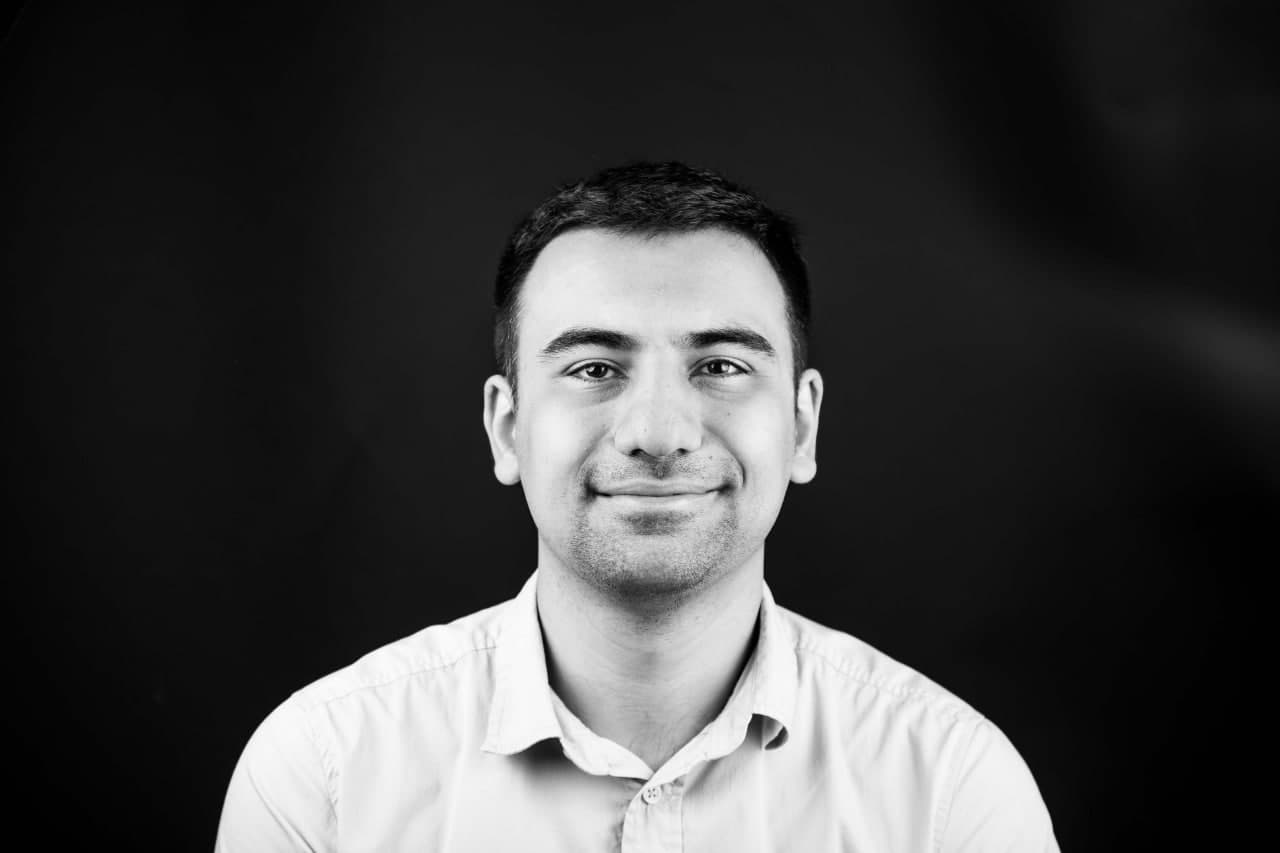Mehrdad Tahmasbi
 |
Mehrdad Tahmasbi Postdoc |
About Me
I am a postdoctoral researcher at Research Center for Quantum Software (QuSoft), Amsterdam, the Netherlands, mainly collaborating with Christian Schaffner, Maris Ozols, Ronald de Wolf, and Stacey Jeffery. Before joining QuSoft, I completed my Ph.D. under the supervision of Matthieu Bloch at the Georgia Institute of Technology with my thesis entitled covert communication: from classical channels to quantum channels. My research interests include mathematical foundations of quantum cryptography and information science using the tools from quantum information theory, modern cryptography, and various mathematical fields such as high-dimensional probability, representation theory, and discrete math.
Research Interest
Quantum cryptography
Quantum information theory
Selected Research Projects
Local simultaneous state discrimination
Motivated by Unclonable encryption and also quantum copy-protection, I also studied a variant of distributed state discrimination described as follows. A referee samples a classical random variable X and prepares two (possible) quantum register AB in a known state depending on X, and passes A and B to two separated non-communicating parties who attempt to simultaneously guess X. In this work, I have shown that LSSD is a new family of tasks entering the zoo of operational problems where the non-signalling nature of quantum correlations can provide an advantage over strategies restricted to purely classical means, and stronger-than-quantum non-local correlations (so-called non-signalling boxes) can provide an additional advantage. I also defined a family of LSSDs based on hypergraphs that revealed that finding the optimal classical strategy is computationally NP-hard in general. Our results are submitted to the Annual Workshop on Quantum Information Processing (QIP).
Covert and secret key expansion over quantum channels
I investigated the problem of covert and secret key expansion over quantum channels, which necessitated a generalization of the model traditionally used for quantum key distribution (QKD), in particular, to consider the role of public communication in covertness. Early studies of this problem have conjectured that covert and secret key generation is not possible because of the extremely biased input distribution required to achieve covertness. I provided, however, efficient algorithms using two coding techniques pulse-position modulation and multi-level coding to covertly generate secret keys over a quantum channel under adversary’ control. In addition, I used the recoverability data processing inequality to bound the adversary's information. The results appeared in the IEEE Journal of Selected Topics in Information Theory. When the main and adversary's channels are known, I established information-theoretic achievability results, which have been published in Physical Review A.
Characterization of the finite-length limits of covert communication over noisy channels
One of my main projects has been the refined understanding of the fundamental limits of communication under a recently introduced security measure, called covertness. This can be viewed as the extension of the typical notion of capacity to a setting in which it is required that the communication remains undetectable from an unwanted party by employing coding schemes that mimic the output statistics of the channel when there is no communication. I characterized the exact first-order as well as lower- and upper-bounds on the second-order of the maximum number of bits that can be reliably and covertly transmitted using three metrics for covertness: relative entropy, variational distance, and the probability of missed detection for a fixed probability of false alarm. The perhaps most important contribution of this work has been to improve on upon the state of the art thanks to a better understanding of the variational distance metric, which is more tightly related to the operational detection of adversaries. The technical tools that I used were concentration inequalities, Berry Esseen Theorem, and delicate analysis of the probability of error for a random code; these results have been published in the IEEE Transactions on Information Theory